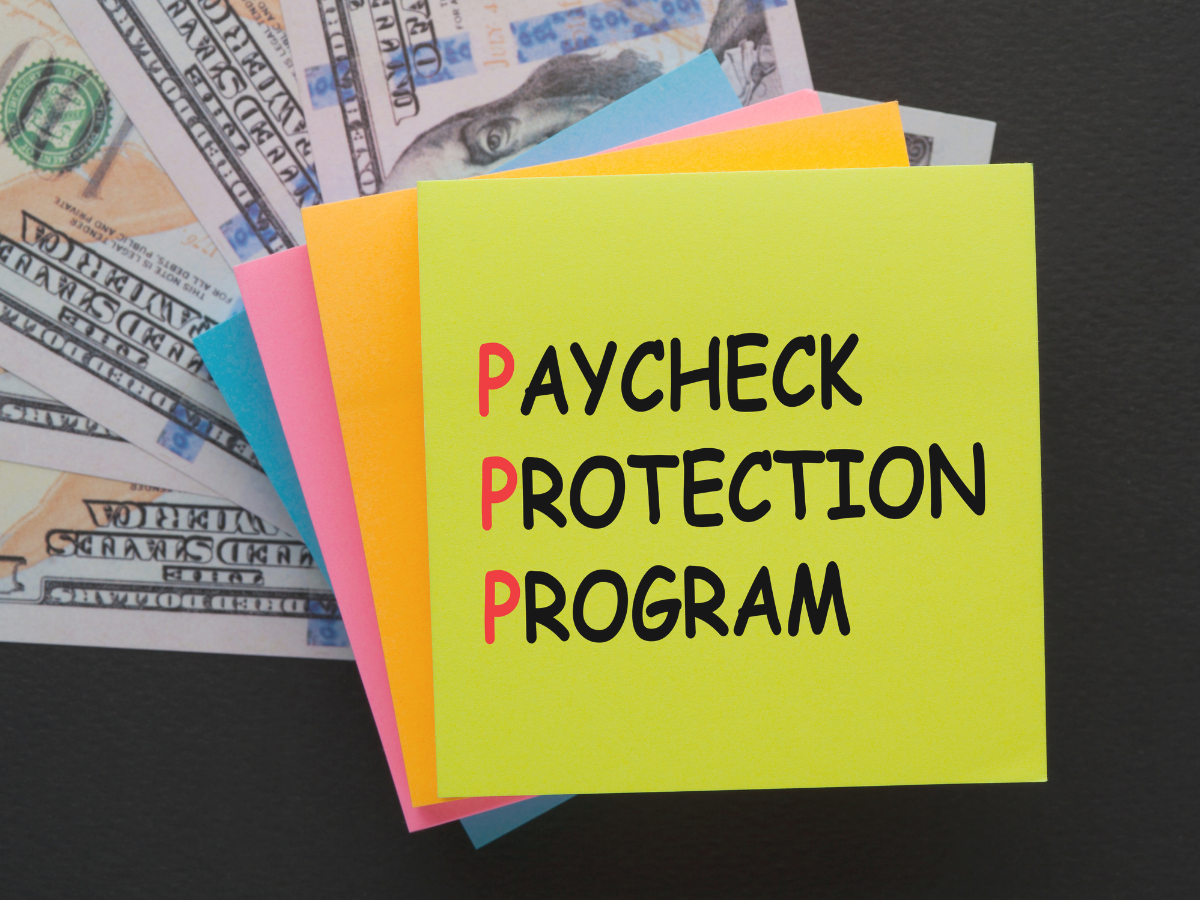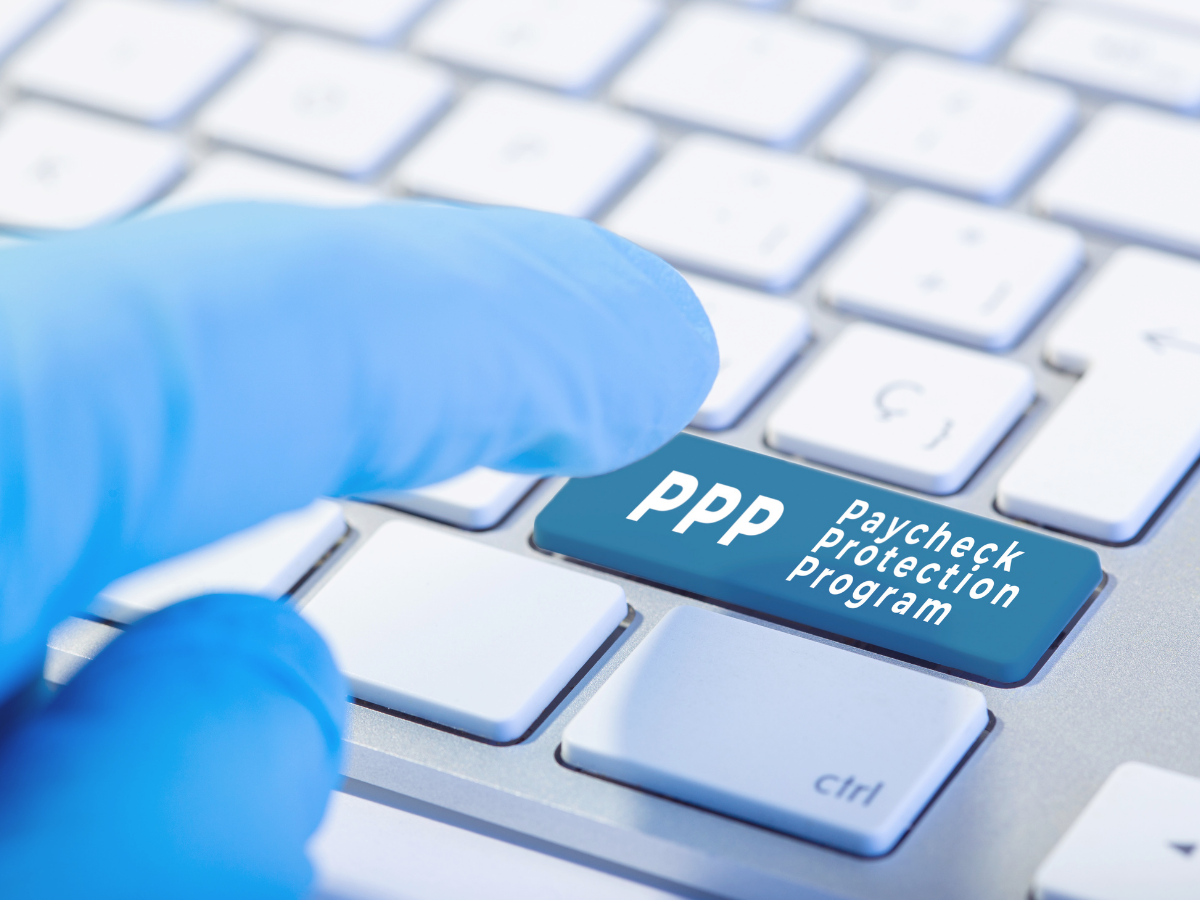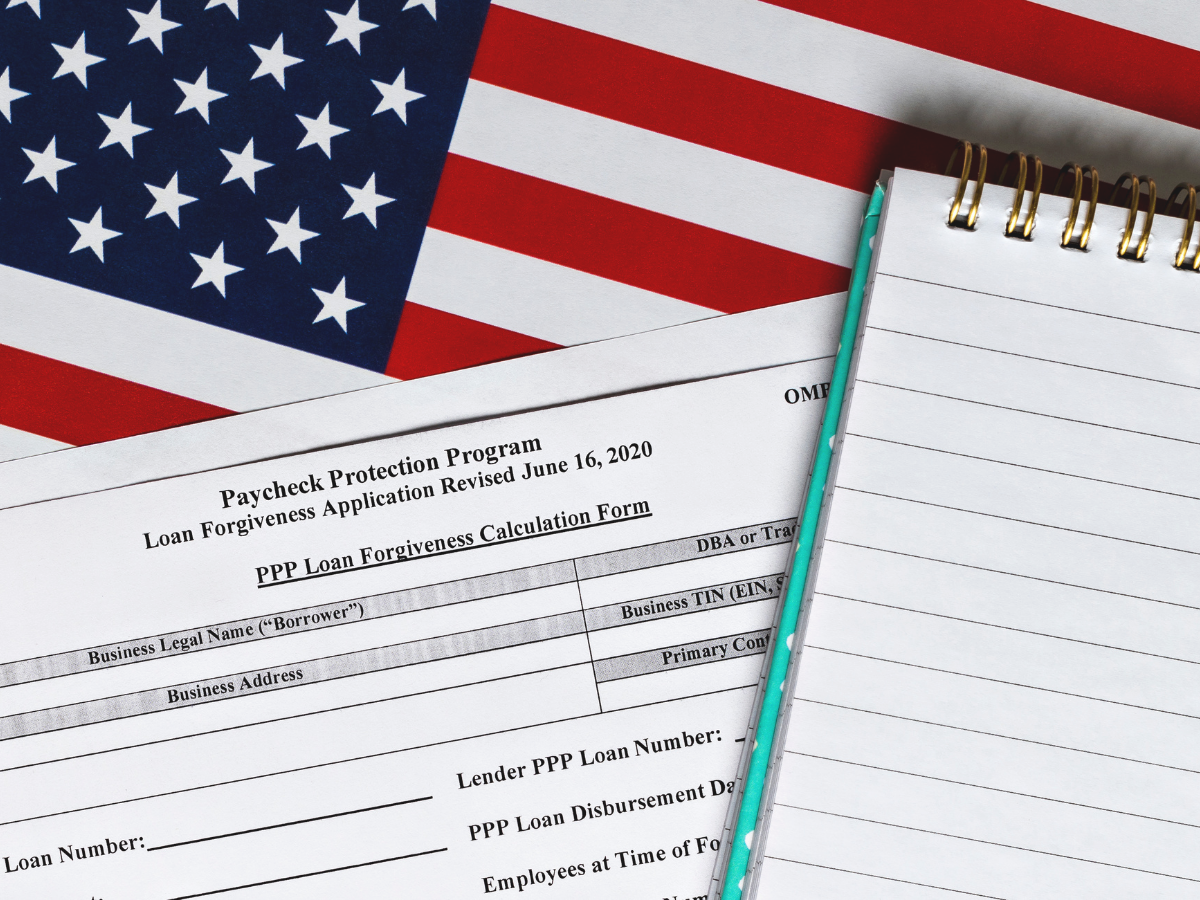
Here's what you need to know about the new PPP guideline according to SBA, Treasury
The latest PPP guidelines are aimed to reduce the barriers between the government and the people.
The Paycheck Protection Program (PPP) is a business loan scheme instituted by the 2020 US Civil government Coronavirus Aid, Relief, and Economic Security Act (CARES Act) to lend a helping hand and encouragement to the small scale business and philanthropic organizations. The program gives the sole proprietors access to loan forgiveness. On account of this, the Small Business Administration (SBA) of the US in alignment with the Paycheck Protection Program Flexibility Act (PPPFA), signed by then-President Trump, to satisfy the needs and concerns of businesses.
The Small Business Administration (SBA) came up with a few Paycheck Protection Program (PPP) guidelines as dated June 5, 2020. The PPP guideline issued the concerns of non-profit organizations. The PPP guideline addressed the queries and requirements of businesses. But it certainly did not meet all the expectations of loan forgiveness. The PPP guideline failed to address the SBA loan documented by the Treasury Department "Interim Final Rules" (IFR).
Revisions to the PPP guidelines

Regarding the previously issued PPP guideline, the Small Business Administration (SBA), in consultation with the US Treasury department, decided to reopen the Paycheck Protection Program (PPP). The new PPP for collective lenders and borrowers will begin on January 11, 2021. Only those applications that come under "first draw loans'' will be considered for loan forgiveness. Small Business Administration (SBA) calls those applications ``community financial institutions."
In recent news, SBA and Treasury passed a statement that only the community financial institutions that support the diverse and women-founded enterprise can make the loan. The "second draw loans" can apply with the community financial institutions from January 13, 2021. The application access for the other collective lenders under the forgivable PPP loans will commence "shortly." They also announced that the last date for the new PPP is March 31. The report says that the new PPP has $284.5 billion and $35 billion saved for the first draw loans and $15 billion for community financial institutions.
The rebooted Paycheck Protection Program (PPP) guidelines incorporated three documents under the Interim Final Rules (IFR):
The 82-page Interim Final Rule (IFR) combines an average of eight months of rules declared for PPP forgivable loans. The 82-page IFR applies even to first-time borrowers. Also, the IFR includes the changes made by the Economic Aid Act.
The 42-page Interim Final Rule (IFR) installed new PPP loans for those who already had access to the old PPP loans.
A three-page document was drafted as guidance for minority, unjustified, veteran, and women-founded business concerns. The Small Business Administration (SBA) agreed to keep the application open for a couple of days only for the applications that come under "Community Accounting Institutions."
The Small Business Administration (SBA) and the US Treasury brought forth a few updates to the existing Paycheck Protection Program (PPP). The updates embody the same parameters of the first PPP program and some differences in the new PPP.
An update on Second-draw PPP loans:
The most significant change brought in the new PPP was making the funds accessible to businesses that already received a PPP loan. Collective borrowers are permitted for a second-draw PPP loan of $2 million if they fit the following criteria:
Their business should have 300 or fewer employees.
The borrowers should make use of the PPP loan on or before the presumed date. The Interim Final Rule (IFR) makes sure that the borrower should spend the full amount given to him on reasonable expenses.
The borrower should produce a reduction in interest by 25% or more for all parts of 2020 with those parts of 2019. If the borrower operated in all four quarters, then he can submit the annual tax receipts. He can show a reduction of 25% or more in 2020 compared to 2019 in the annual tax receipts.
An update on First-draw PPP loans:

The Economic Aid Act allows first-draw loans to borrowers who started their operation on February 15, 2020. The growth of every economy has come to a halt right now. It is something that requires the government to take necessary actions. The US government is currently bringing in new changes in the policies. There are some of the criterions available in guidelines. You can check these out if you want to take out a loan. The borrowers of first-draw loans should fit the following requirements.
The businesses should encompass 500 or fewer employees credible for the Small Business Administration (SBA) 7(a) loans.
The first-draw PPP loan is only accessible for philanthropic organizations, sole proprietors, and women-found business.
Food Service Operations should accommodate less than 500 employees for each location.
Marketing groups, business leagues, management, bureaus, public utility, or any corporate body entitled under Sec. 501 (c) (6) must have 300 or fewer employees. They should not receive more than 15% of receipts.
The News Organization that operates under the NAICS code must have not more than 500 employees in each location
Other parameters in the new PPP guideline:
There are a few changes in the PPP guidelines. These parameters will help you to know how to get the payment into your accounts. Individuals who can get benefits from this program should take notes at the following pointers.
The PPP borrowers can choose to set their own PPP loan period of any length between eight and 24 weeks. Doing so helps the borrowers to meet their business needs and any business concerns. The eligibility for full-blown loan forgiveness is that the borrowers will have to spend almost 60% of their PPP loan on the payroll within the given period.
PPP loans assure that they will take care of the extra expenses that are under loan forgiveness. The expenditure includes employer protection expenditures, property damage costs, and other operating expenditures.
The existing PPP borrowers are permitted to change their first-draw PPP loan amount.
The existing PPP borrowers can now apply for a second-draw loan.
The PPP scheme is now open to other housing cooperatives and direct market organizations.
PPP loan produces flexibility. Also, the PPP loan has acknowledgment of the seasonal employees.
The Paycheck Protection Program (PPP) is incorporated to reach out to millions of small businesses and their workers in terms of the economy. The new PPP guidelines help the small business and community financial institutions achieve their success. The PPP is indeed a win for small businesses.
Conclusion
The latest PPP guidelines are aimed to reduce the barriers between the government and the people. As a result, the world is currently moving towards a better future. The subsidies and payments in the workforce are keeping many families afloat now. These stimulus cheques are not going to be a reality forever. Families still have to work on getting more money coming into their house.
References:
https://thebusinessjournal.com/new-ppp-lending-can-begin-monday-but-theres-a-catch/
https://www.journalofaccountancy.com/news/2021/jan/ppp-application-reopening-date.html
